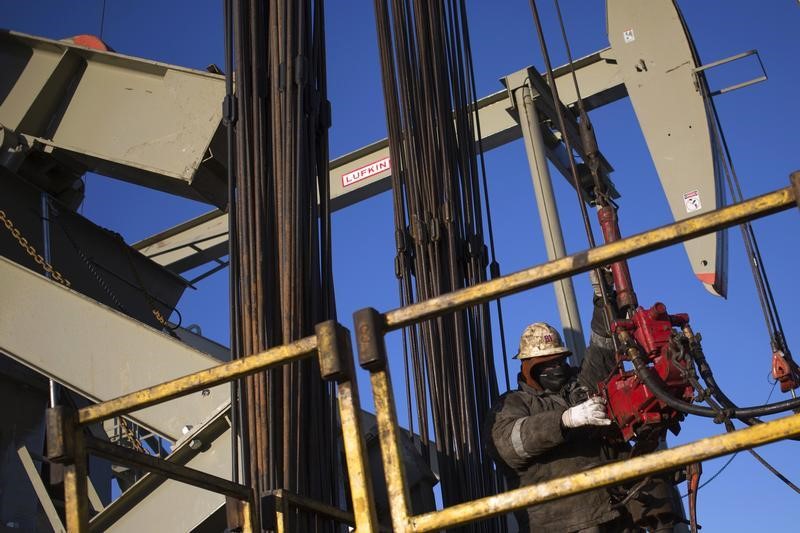By Peter Nurse
Investing.com -- Oil prices traded higher Monday, helped by a group of top producers raising its demand forecast for next year while concerns over U.S. output remain in the wake of Hurricane Ida.
By 9:15 AM ET (1315 GMT), U.S. crude futures were up 1.1% at $70.47 a barrel, while Brent futures were up 0.8% at $73.52 a barrel.
U.S. Gasoline RBOB Futures were up 0.6% at $2.1675 a gallon.
The Organization of the Petroleum Exporting Countries released its latest monthly market report earlier Monday, and lifted its global oil demand forecast for 2022 by almost 1 million barrels a day.
The group now sees oil demand next year at 100.83 million barrels a day, up by 4.15 million barrels from 2021, up from the 3.28 million barrels a day growth projection it made last month.
"As vaccination rates rise, the Covid-19 pandemic is expected to be better managed and economic activities and mobility will firmly return to pre-Covid-19 levels," the report stated.
Also helping the tone was Monday was the news that Covid-19 cases appeared to be declining across the U.S., the world’s largest consumer of crude, with the 7-day average through Friday dropping to 136,000, down from 157,000 at the end of August, according to the Centers for Disease Control and Prevention.
Concerns over lost output in the important Gulf of Mexico region because of damage from Hurricane Ida is also providing support to oil prices, particularly with Louisiana declaring a state of emergency as Tropical Storm Nicholas forms in the Gulf.
Two weeks after Ida made landfall, about three-quarters of the offshore oil production in the region, or about 1.4 million barrels per day, remains halted.
Goldman Sachs (NYSE:GS) described the hit to U.S. output as "historically large," in a note, expecting almost 40 million barrels of crude production to be lost.
Providing a cap to these gains was last week’s news that China had released crude oil reserves for the first time to try and support its refiners. With prices remaining elevated, traders now estimate that China will release between 5 million and 10 million tonnes of strategic crude reserves, a fairly hefty number.
